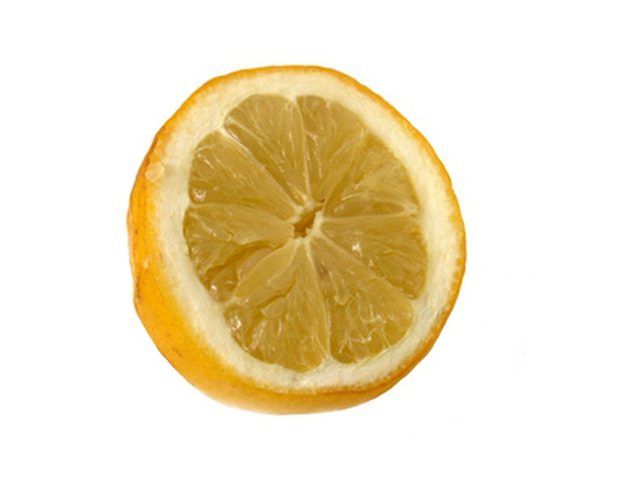Bulbs
Flower Basics
Flower Beds & Specialty Gardens
Flower Garden
Garden Furniture
Garden Gnomes
Garden Seeds
Garden Sheds
Garden Statues
Garden Tools & Supplies
Gardening Basics
Green & Organic
Groundcovers & Vines
Growing Annuals
Growing Basil
Growing Beans
Growing Berries
Growing Blueberries
Growing Cactus
Growing Corn
Growing Cotton
Growing Edibles
Growing Flowers
Growing Garlic
Growing Grapes
Growing Grass
Growing Herbs
Growing Jasmine
Growing Mint
Growing Mushrooms
Orchids
Growing Peanuts
Growing Perennials
Growing Plants
Growing Rosemary
Growing Roses
Growing Strawberries
Growing Sunflowers
Growing Thyme
Growing Tomatoes
Growing Tulips
Growing Vegetables
Herb Basics
Herb Garden
Indoor Growing
Landscaping Basics
Landscaping Patios
Landscaping Plants
Landscaping Shrubs
Landscaping Trees
Landscaping Walks & Pathways
Lawn Basics
Lawn Maintenance
Lawn Mowers
Lawn Ornaments
Lawn Planting
Lawn Tools
Outdoor Growing
Overall Landscape Planning
Pests, Weeds & Problems
Plant Basics
Rock Garden
Rose Garden
Shrubs
Soil
Specialty Gardens
Trees
Vegetable Garden
Yard Maintenance
How to Make a Bonsai Lemon Tree
How to Make a Bonsai Lemon Tree. Bonsai lemon trees make striking additions to backyards. These trees are prized for their petite and interesting stature as much for their edible, if tiny, fruit. Many lemon bonsai trees were purchased from mail order catalogs or local nurseries as "bare root" stock, which means you will receive little more than a...

Bonsai lemon trees make striking additions to backyards. These trees are prized for their petite and interesting stature as much for their edible, if tiny, fruit. Many lemon bonsai trees were purchased from mail order catalogs or local nurseries as "bare root" stock, which means you will receive little more than a trunk and root system. Plant your lemon then carefully prune it and train it over the years to achieve a successful bonsai fruit tree.
Things You'll Need
15-inch container
Saucer
Gravel
Bypass shears
Lopping shears
Denatured alcohol
Clay
Humus
Sphagnum moss
Inspect your bare root or container grown tree for signs of any damage or fungal infections. Leaf spots, mushy roots, tree discoloration and streaking on the bark will indicate signs of a fungal infection. Lift the base of the tree from the container to see if it is root bound (roots circulating the inside of the container). Avoid purchasing any root bound lemon trees.
Prune any damaged portions of the tree (including the roots) with a pair of lopping or bypass shears. Dip your pruning tool in a mixture of 70 percent denatured alcohol and 30 percent water in between cuts to prevent spreading a fungal infection.
Pick a 15-gallon container with 1/2-inch draining holes for your container. According to Erik A. Olsen, a writer for Bonsai Gardener, a 15-gallon container is an adequate size for starting a bonsai tree. Choose a container that will harmonize with the shape of the bonsai tree you plan to create.
Mix together one part clay, one part humus and one part sand. Pour the mixture into the container to within 1/3 of an inch of the top.
Place the lemon bonsai tree in the container and pack the soil around the base. Lift the bonsai tree into a stoppered sink, add water to the sink -- watering the pot from its base. When soil is fully saturated, empty the sink and allow excess water to drain. Set your pot on a saucer filled with gravel.
Put your lemon bonsai tree in a spot that receives at least six to eight hours of sunlight a day.
Prune your tree in the winter, following your plan to direct and limit the plant'sgrowth. Remove any branches that are crossing each other or have sustained winter damage. Cut any new growth that looks different from the rest of the tree.
Tips & Warnings
Harvest your lemons by gently pulling up from the tree rather than yanking dwn.
Avoid fertilizing your bonsai tree at the time of planting to prevent root burn.